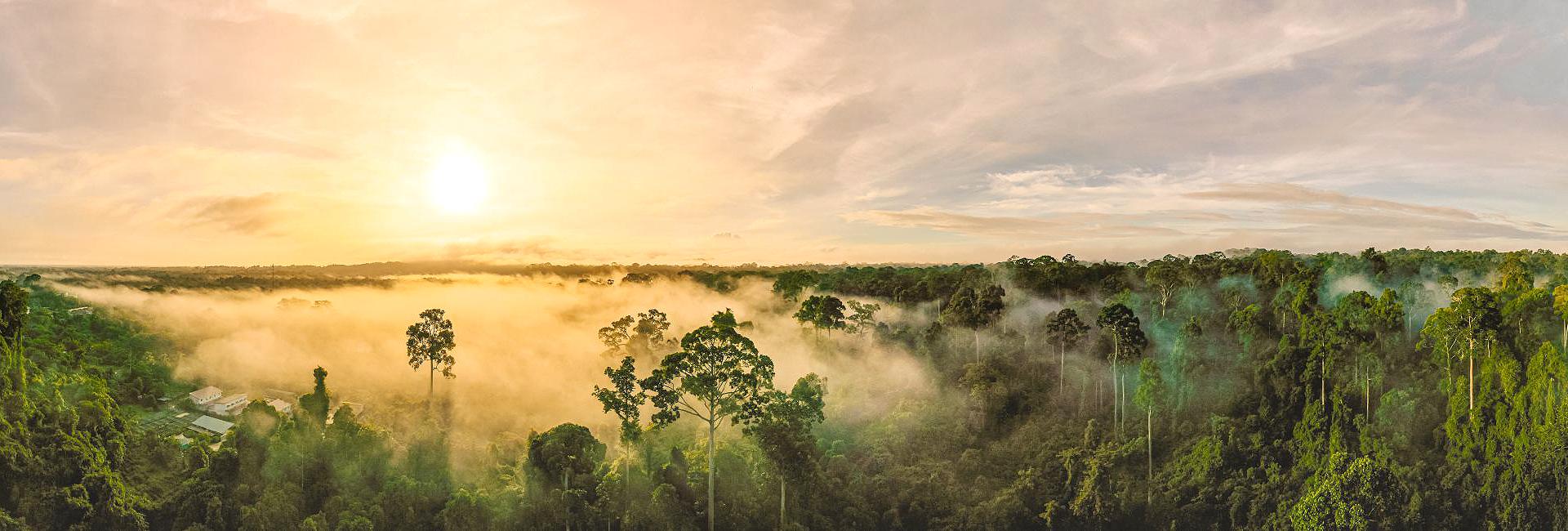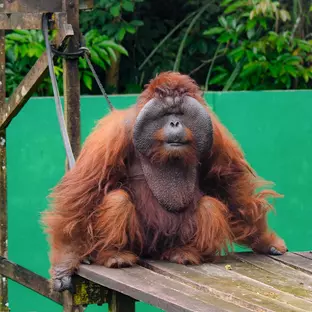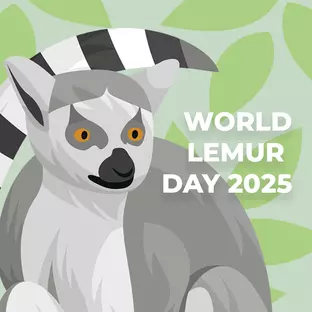The following blog was written by volunteer Linda Dalgetty who has just returned from the Costa Rica Turtle Conservation Experience:
We arrived in Costa Rica on Saturday. The first “wow” moment of the country was the lushness of the vegetation. It’s incredible. You could make a full outfit out of a couple of leaves on some of the trees. The hillsides are covered in different green hues and the canopies stretch over the roads.
The accommodation is situated within a large reserve right next to the jungle. We arrived at the project and completed an orientation that outlined the many activities here including counting fruit bats, moving sea turtle eggs to the hatchery, patrolling the beach to prevent poaching of the sea turtle eggs (which are sold as an aphrodisiac), working at the sea turtle hatchery, cayman and crocodile measuring and tagging, caring for butterfly larvae and cleaning up the butterfly garden. Should be exciting!
One of the first activities was protecting the turtle hatchery. We had a two-hour shift. In the nest, we could see the turtles near the top move intermittently. They can stay in the nest for more than a day after they’ve hatched. It was incredible to see the eyes open on the turtle nearest to the top. We’ve been told that they normally emerge after rain, and it just started raining a few minutes ago. Perhaps there will be up to 90 baby turtles in the morning ready to be released to the ocean. Words cannot describe the wonder of looking into the nest and seeing the babies.
After lunch, we went to the butterfly garden to collect eggs. They hang feeding trays that look like a metal pie plate wires coming out from the rim to create a hanger for the tray. Our project coordinator put together a wooden pole and screw to make it easier to grab the hanger and bring the tray down for cleaning and the replenishment of the fruit and nectar that they feed the butterflies.
We had one more turtle check and spent the rest of the day relaxing. For me, that meant playing with my camera and trying to capture a hummingbird. I succeeded multiple times. Hummingbirds drink nectar through a straw-like appendage.

The next day started with a walk to the hatchery where a red bucket held 92 sea turtles that had emerged overnight. We headed back to the base where there was another hatch of 86 turtles from a different nest. There were 5 unhatched eggs between the two nests. 10 turtles are selected at random from each hatch. They are weighed and measured. There was a marked difference in size between the turtles that came from one nest versus the other.
Once the data gathering was complete, I was fortunate to go to the release on a nearby beach called Playa Hermosa. Turtle patrols are active on three beaches in the area. The turtles are released on the beach where the eggs were collected. They need to be released on shore as this provides a homing signal that will bring them back in 15 years to lay eggs, should they survive.

Three of us gently moved the buckets and the turtles spilled out onto the beach. For their size and age, it is incredible how quickly most of them moved towards the ocean. They would get close enough to where a wave would wash over them and just like that, they were swimming out to sea. A few were disoriented or a bit weak and needed to be either redirected or moved closer to the surf. Within 10 minutes they were all in the ocean - hard to top that experience!
At this project, volunteers are responsible for making their own breakfast and supper. All food is supplied. Lunch is provided Monday to Friday. On weekends, volunteers are also responsible for making their own lunch. The kitchen can get quite busy around 6pm on most nights as all of the volunteers are making their own, unique meals.
The following day we went on our first turtle patrol. The purpose of the patrol is to find freshly laid eggs and bring them back to the hatchery to incubate. The chance of survival of sea turtles hatched on the beach is one in 1000. The chance of survival of sea turtles hatched in the hatchery and released into the ocean is one in 100.

We put on our black pants and black, long-sleeved shirts and wellies (rubber boots). We filled our water bottles and met up with our guide Josue for our first of three turtle beach patrols.
We left the base at 10pm for our three-hour shift and walked down the highway for what seemed to be about 1.5 – 2.0 km. On our way, Josue shone a light in the trees to reveal a sloth, barely moving in the canopy above. We also learned that seeing sloths is quite rare, even for the locals.
Saturday was warmer than Friday and the humidity was much higher. Our day was devoted to turtles. We had several hatchery shifts, the first from 1pm to 2:30pm. As we were heading to the hatchery for our shift, we heard cracking of the branches above. Looking up, we saw what appeared to be the same troop of capuchin monkeys as the previous day. Ross the project coordinator proceeded to the hatchery, and I spent 5 or so minutes watching in wonder as they moved from tree to tree, played, and ate fruit and seeds. I also saw a mom carrying her baby on her back.


Shortly into our shift, our guide, Josue, arrived with a carefully packed bag of turtle eggs. He had gone back to the nesting area from the previous evening to ensure that we hadn’t missed the eggs. Because of the heat, he went down to cool off in the ocean and while lying in the surf, he saw a hawk over the nesting site which is a sign that there may be eggs. Turtles normally dig their nests in the middle or top of the site. He started digging at the intersection of where she arrived and where she left. Unbelievably, he found the nest and 111 eggs. As a reminder, the average number is around 90.
When he arrived at the hatchery with the eggs, he and I dug out a nest. The nests are approximately 8 inches at the top and the depth of your arm up to your elbow. The eggs look like ping pong balls with one end slightly flattened. I carefully placed the eggs into the nest, counting as I went to confirm Josue’s count. In the end, there were 111 eggs. Once the eggs were placed, we covered them with sand. They will hatch in approximately 55 days.
While I was waiting for Josue to start our walk to the beach, we were informed that there was a new hatch of turtles. They arrived in 2 buckets with a preliminary count of 93. I assisted with the data collection for 10 babies selected at random. I measured the widest part of the shell and the length of the shell. Another volunteer, Maisey, took their weight. These were big babies. They averaged 36mm across, 45mm in length, and 19 grams. As a comparison, one of the turtle hatches that we released earlier in the week averaged 30mm by 40mm and had an average weight of 13 grams. After the 10 were weighed and measured, I was responsible for performing a count. The count entails picking up each turtle and placing it into a different bucket. The count was confirmed to be 93.
Words cannot explain the excitement and wonder of handling the baby sea turtles. Their flippers are so strong and their energy level is very high. It’s awe-inspiring.

Once the data collection was complete, Josue and I headed to the beach. We each carried one bucket of turtles. The stakes are much higher when you are walking through the jungle at night with a bucket of approximately 46 newly hatched sea turtles. Luckily, the walk was uneventful and because it was low tide, the makeshift pond from the night before was merely a puddle. My wellies stayed dry!
I was so privileged to be part of two turtle releases in one week of volunteering.

Feeling inspired by Linda's journey at the Costa Rica Turtles Conservation Experience? Dive in and make a difference!














